Sciatica -Back Pain
Back pain is one of the most undiagnosed forms of chronic pain, but some forms of Back pain are more easily identified and treated than others. One of the most common and treated is Sciatica pain which is caused by pressure on the Sciatic nerve. The most common cause of sciatica pain is a Herniated disc, protruded disc, extruded disc in the lower back typically resulting from injury mechanical reason like weight lifting, accidental trauma, unwanted and unsupervised exercises by gym trainers or age-related factor as degenerative changes in the spine.
Sciatica pain can be intensely painful, but the good information is that this condition typically improves up in a few weeks. Only a limited number of patients require a surgical procedure to relieve the nerve pressure. If you experience sciatica pain in the buttocks of one leg along with any of the following symptoms, you should visit a doctor immediately: as an emergency. if you noticed these conditions.
- Pain is not diminished by non-surgical treatment
- Severe or debilitating pain
- Foot drop
- Impaired motor function
- Muscle weakness in a leg
- Any changes in bladder or bowel function[incontinency]
What Is Sciatica?
The Sciatic nerve is the longest in the body and commencing from the Lower Back down both legs. Sciatica is a broad term that includes any Pain, Numbness, Tingling, Spasm or Neurological symptoms affecting any branch or division like Exiting or Traversing nerve roots of this long nerve.
The most common physical cause of sciatica is a Bulging disc or protruding disc in the Lumbar region of the back. If there is an injury, then this disc may shift and start putting the press on the affected nerve. Also, over time, the tough exterior, annulus of the disc may degrade; consequently, the jelly-like interior, Nucleus Pulposus may extrude through tears and pinch the sciatic nerve. also known as pinched nerve syndrome.
Although pain in one side of the buttocks is the hallmark symptom of sciatica, this condition may also present with the following symptoms:
- Numbness
- Tingling
- Burning
- Prickling
Sciatica pain usually begins in the lower back and spreads down the thigh of one leg and into the lower leg and foot. any area may be localised or Radiating in nature, Most patients characterize the pain as a burning, sharp or Electrical sensation. Penetrating The pain is often worse when standing or sitting still, and improves while lying or walking.
Non-surgical Treatments for Sciatica Pain
Most physicians recommend conservative therapies to initially treat Sciatica- Back Pain. Among the most commonly prescribed are:
- Bed rest
- Heat or ice therapy
- Anti-inflammatory medications—Physical therapy
- Exercise
Surgical Treatments for Sciatica Pain
Most important warning-in the hope of auto resolution by conservative treatment as advised by a most physician, for such long time trials for months to years sometime may bring you undesirable and irreversible damage.
About 5-15 % of cases related to Low Back Pain, only need spine surgery, unfortunately, these are patients who do not respond with a conservative trial for at least 6 weeks, so the best option to get a permanent solution, is only surgery. maybe its conventional spine surgery Discectomy, Laminectomy or endoscopic minimal invasive.
Discectomy— This surgical procedure removes the part of the spinal disc or bone spur that is impinging upon the sciatic nerve. Although the goal is to cut away only the portion of bone or disc that is pressing, in some cases, surgeons may have to remove the entire disc. Many patients who undergo this procedure can return home the same day.
Transforaminal endoscopic discectomy- With very much less incision from a few millimetres to One centimetre only, resume your routine life from the same day, no Blood loss, absolutely safe and far better than conventional spine surgery, but it requires s well-trained Neurosurgeon and Pain Physician.
Laminectomy— In this procedure, the lamina—the bony plate in the spinal canal—is removed. This lamina removal alleviates pressure on the sciatic nerve and mitigates pain and neurological symptoms.
Surgery, of course, comes with some serious risks, but some of these potential complications may be mitigated by new surgical techniques that use microscopic incisions and minimally invasive procedures. endoscopic techniques are the best option This allows you to be ambulatory within 24 hours, although you may still need 2 to 4 weeks to fully recover. without any fear as a society have some myths about spine surgery, as created by non-surgical doctors and people who keep their trial for a year on patients without thinking for prognosis.















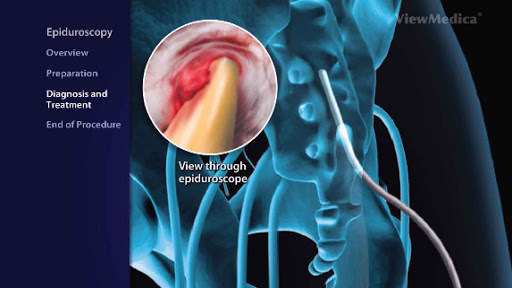

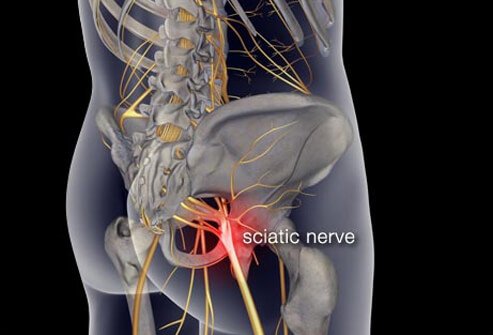















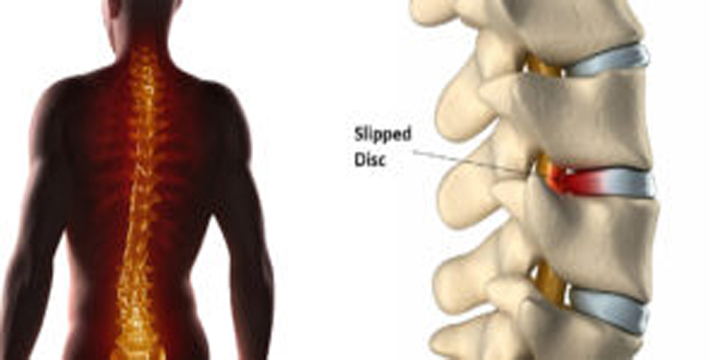
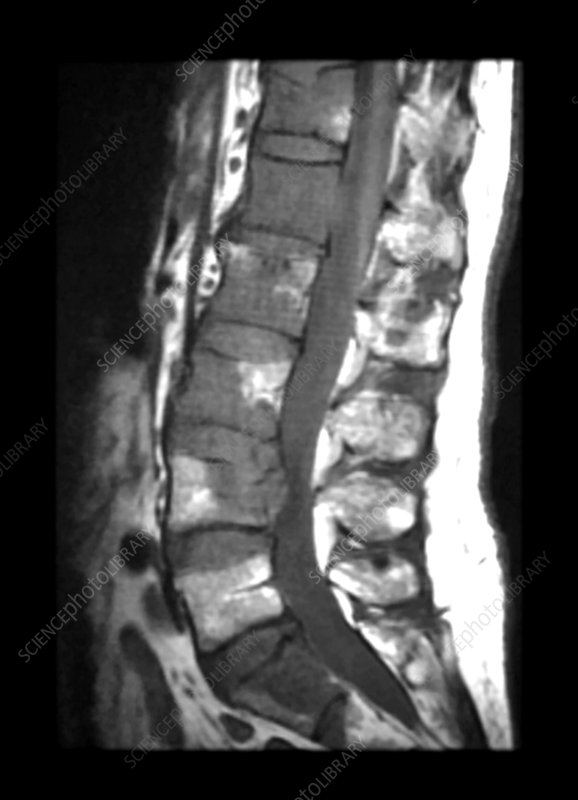































.jpg)











_Injection_Description_in_Hindi.jpg)


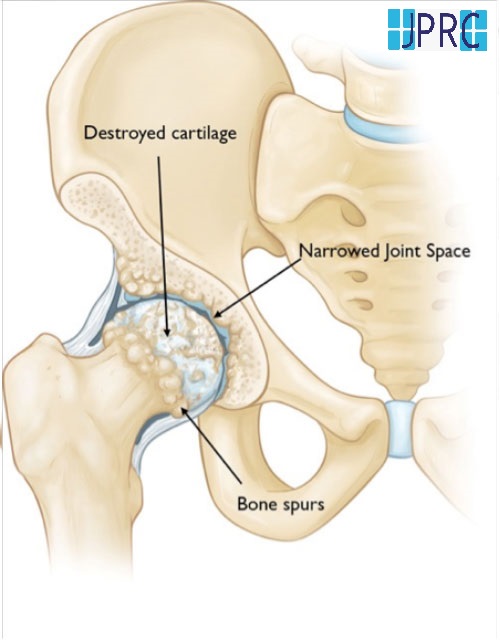
















.jpg)










.jpg)




.jpg)
.jpg)
.jpg)







.jpg)
.jpg)
.jpg)
.jpg)
.jpg)
.jpg)
.jpg)
.jpg)
.jpg)
.jpg)
.jpg)
.jpg)
.jpg)
.jpg)
.jpg)
.jpg)
.jpg)
.jpg)
.jpg)
.jpg)
.jpg)
.jpg)








1.jpg)
1.jpg)

1.jpg)
1.jpg)
1.jpg)
1.jpg)
1.jpg)










2.jpg)
3.jpg)



4.jpg)
1.jpg)
2.jpg)

5.jpg)

6.jpg)

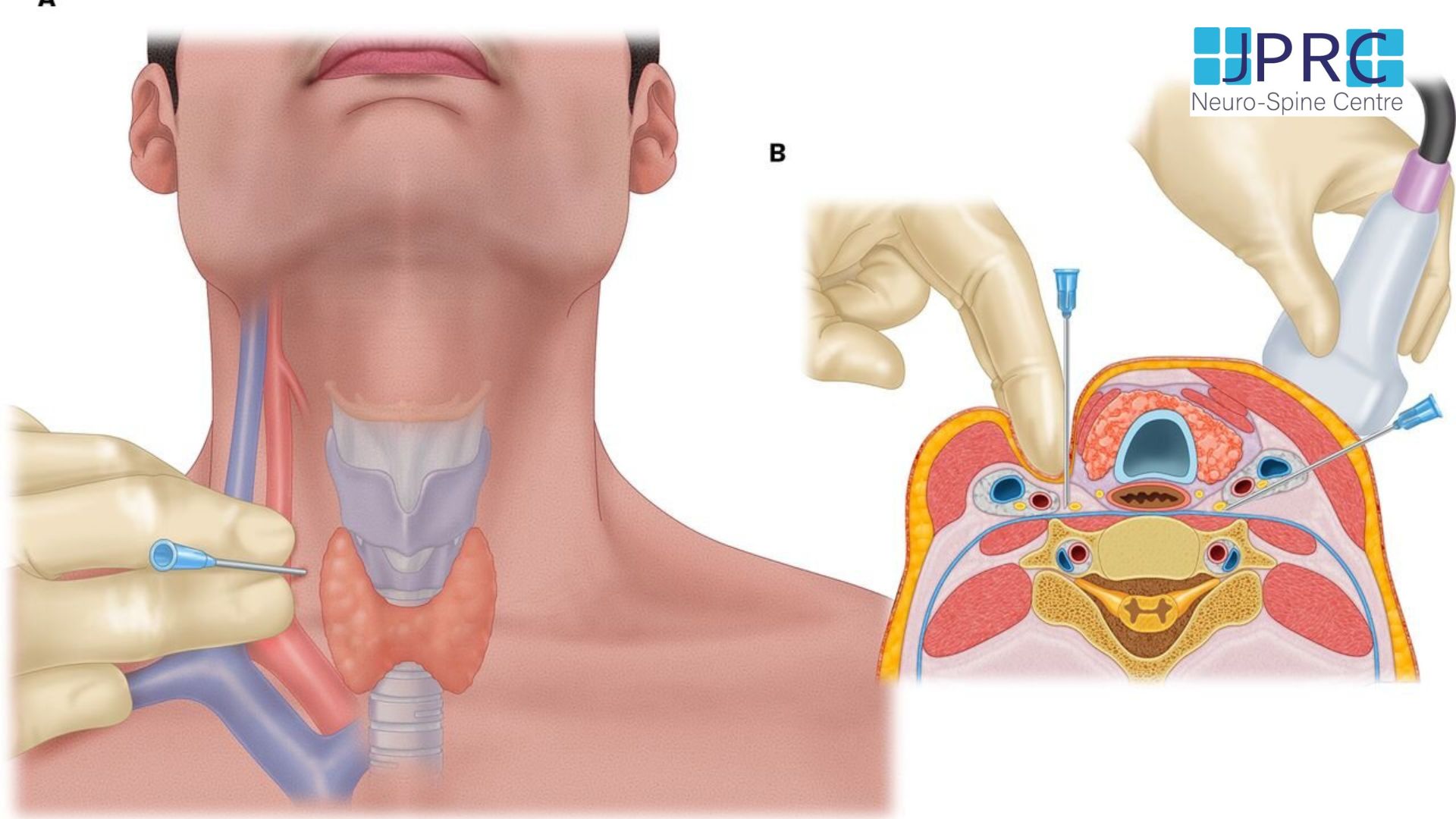


7.jpg)
2.jpg)

8.jpg)

9.jpg)
3.jpg)

10.jpg)

11.jpg)


12.jpg)
4.jpg)





























